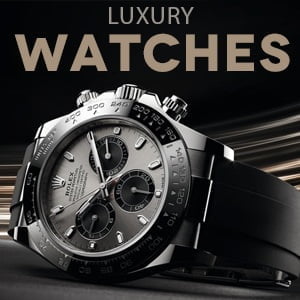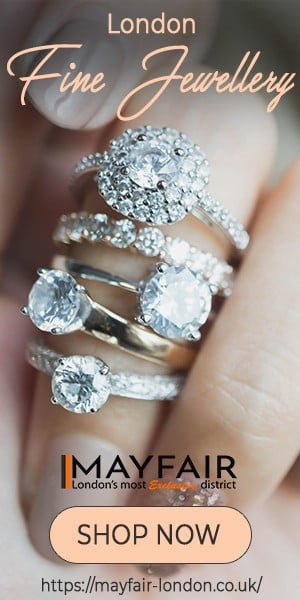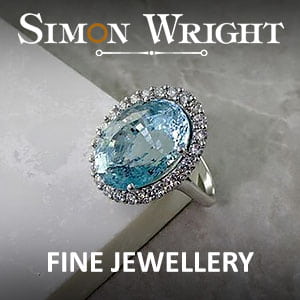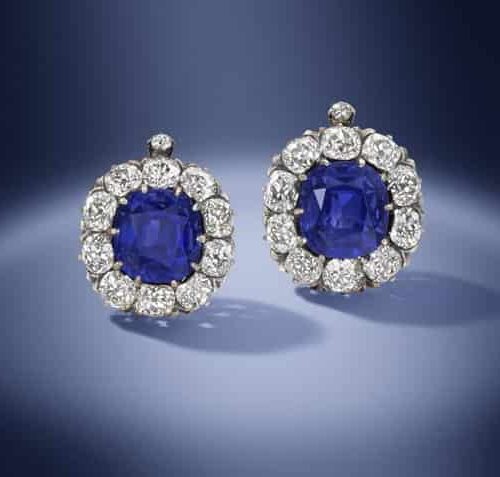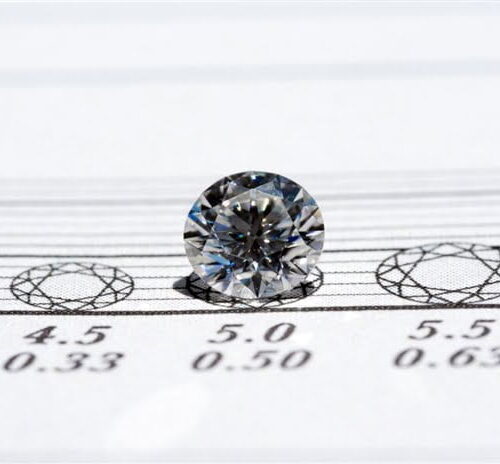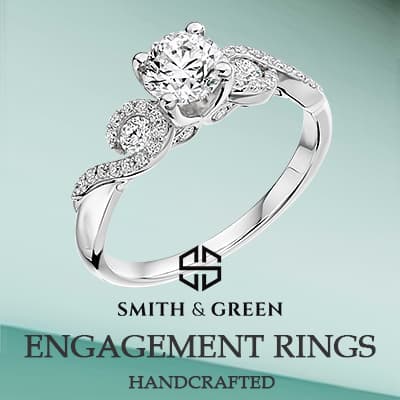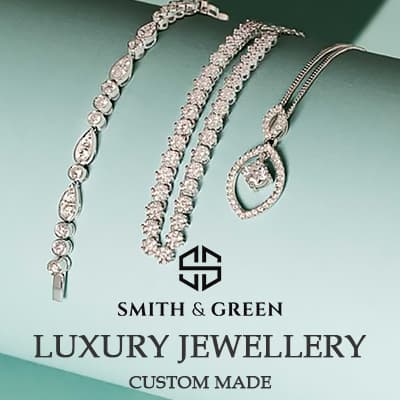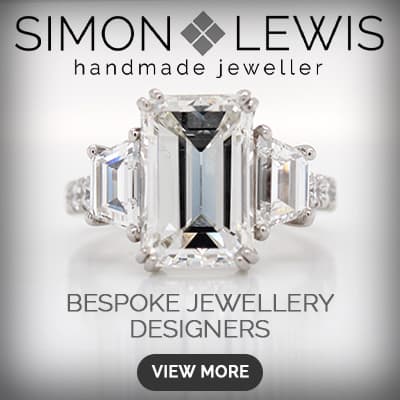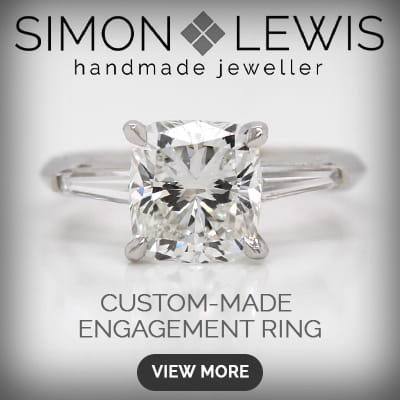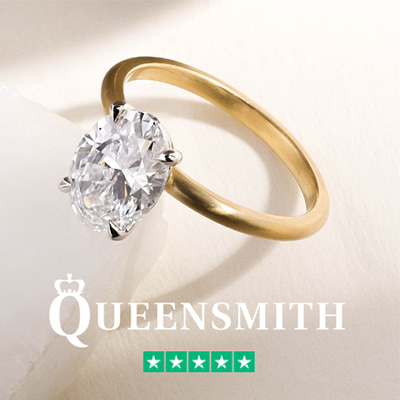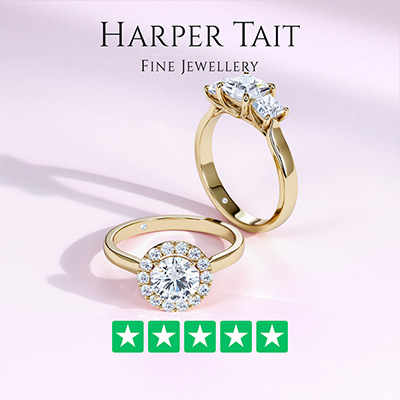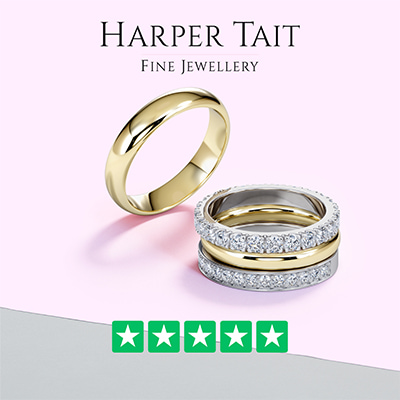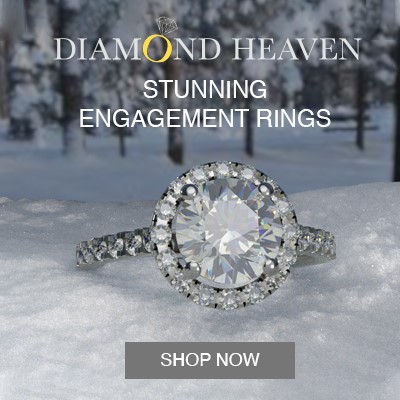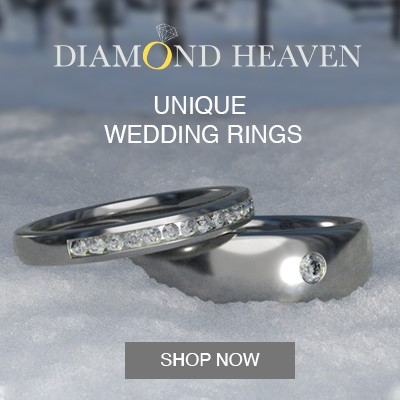When purchasing a ring, whether it’s for a special occasion like an engagement or simply a stylish accessory, the fit is everything. A ring that’s too loose can easily slip off, while one that’s too tight becomes uncomfortable. This is where the importance of an accurate ring size chart comes in. Understanding how to measure ring size correctly ensures that you’ll avoid any sizing mishaps and get a perfect fit every time. Whether you’re buying a ring for yourself or as a gift, knowing the right size can save time and effort, ensuring a hassle-free experience.
In this guide, we will walk you through everything you need to know about ring sizing, from using a ring size chart to avoiding common mistakes and understanding the different international sizing systems. Let’s take the guesswork out of finding the right fit for your engagement rings or any other special jewellery.
Why Knowing Your Ring Size Is Essential for the Perfect Fit
When it comes to rings, size truly matters. A well-fitted ring is not only more comfortable but also looks better. For those moments when you’ll be wearing your ring daily, such as with engagement rings, comfort is key. Imagine having a beautiful piece of jewellery that constantly feels too tight or one that keeps slipping off your finger. The wrong fit can take away from the joy of wearing something special.
Fun Fact: Did you know? The average ring size for women in the UK is between L and N, while for men, it’s typically between Q and S.
By knowing your exact size using a ring size guide, you’ll avoid the disappointment of ordering a ring that doesn’t fit. Even if you’re buying from a reputable source like Hatton Garden Jewellers, having your size ready makes the process smoother and ensures you can enjoy your new piece right away. It’s particularly important for rings that hold sentimental value, as resizing a ring, especially one with intricate designs, can be tricky and costly.
How to Measure Your Ring Size at Home with a Ring Size Chart
Measuring your ring size from the comfort of your home is easier than you might think, and all you need is a printable ring size chart or a simple household item like string or a paper strip. Here’s a quick step-by-step guide:
- Download a Printable Ring Size Chart: Many jewellers offer downloadable ring size charts that you can print at home. Simply place an existing ring over the circles on the chart to find the correct size.
- Use String or Paper: If you don’t have an existing ring to measure, wrap a piece of string or a strip of paper around the base of your finger. Mark the spot where it overlaps, then measure the length of the string or paper in millimetres. This gives you the circumference of your finger.
- Refer to a Size Chart: Once you have the circumference, compare it to a ring size chart to find your size. For example, if the circumference is 53mm, this corresponds to a UK size M.
Using a ring size guide like this ensures that you’ll have an accurate measurement without the need to visit a jeweller. It’s especially useful for those who are short on time or for surprise gift shopping.
Using a Ring Size Chart: Inside Diameter vs Circumference
Understanding the difference between the inside diameter and the circumference is crucial for accurate sizing. The inside diameter refers to the measurement of the ring from one side of the inner edge to the other. On the other hand, the circumference measures the total distance around the inside of the ring.
When using a ring size chart, you’ll notice both measurements listed, so it’s important to know which one you’re working with. For example, a ring with an inside diameter of 16.5mm corresponds to a UK size L, while the same size would have a circumference of 52mm.
Ring sizing tips: Always measure your finger at room temperature, as cold can shrink your fingers slightly, while heat can cause them to swell.
Common Mistakes to Avoid When Measuring Ring Size
Even with a ring size chart in hand, some common mistakes can still occur. Here are some things to watch out for when measuring:
- Measuring at the wrong time of day: Your fingers can change size throughout the day. For the most accurate measurement, try to measure your finger at the end of the day when it’s at its largest.
- Not accounting for knuckle size: If your knuckles are larger than the base of your finger, make sure to measure the knuckle and the finger to ensure the ring will slide over comfortably.
- Pulling the string or paper too tight: When using string or paper to measure, be careful not to pull it too tight. The ring needs to fit snugly, but you also want it to be comfortable.
Following these ring sizing tips will help ensure you avoid any issues when selecting your size.
International Ring Sizes Explained: UK, US, Europe, and More
One of the challenges in shopping for rings online or abroad is the variation in ring size systems. The UK uses alphabetical sizes, from A to Z, while the US uses a numerical system ranging from 1 to 13. Europe uses a completely different numbering system based on the circumference in millimetres.
A handy international ring size comparison chart can help navigate these differences. For example, a UK size M is equivalent to a US size 6 and a European size 52. Knowing this can make it much easier when buying rings internationally, ensuring that you always get the right size regardless of where you are.
Chart With Ring Sizes Across Different Regions.
| Circumference (mm) | Inside Diameter (mm) | UK Size | Europe Size | US Size | China Size |
|---|---|---|---|---|---|
| 44.2 | 14.1 | F | 44 | 3 | 5 |
| 45.5 | 14.5 | G | 45 | 3 3/8 | 6 |
| 46.8 | 14.9 | H | 46 | 3 7/8 | 7 |
| 48.0 | 15.3 | I | 47 1/4 | 4 1/4 | 8 |
| 48.7 | 15.5 | J | 48 3/4 | 4 5/8 | 10 |
| 50.0 | 15.9 | K | 50 | 5 1/8 | 11 |
| 51.2 | 16.3 | L | 51 3/4 | 5 1/2 | 12 |
| 52.5 | 16.7 | M | 52 3/4 | 6 | 13 |
| 53.8 | 17.1 | N | 54 | 6 1/2 | 14 |
| 55.1 | 17.5 | O | 55 1/4 | 7 | 15 |
| 56.3 | 17.9 | P | 56 1/2 | 7 1/2 | 17 |
| 57.6 | 18.3 | Q | 58 | 8 | 18 |
| 58.9 | 18.8 | R | 59 1/4 | 8 5/8 | 19 |
| 60.2 | 19.2 | S | 60 3/4 | 9 | 20 |
| 61.4 | 19.6 | T | 62 | 9 5/8 | 22 |
| 62.7 | 20.0 | U | 63 1/4 | 10 | 23 |
| 63.9 | 20.4 | V | 64 3/4 | 10 1/2 | 24 |
| 65.2 | 20.8 | W | 66 | 11 | 25 |
| 66.5 | 21.2 | X | 67 1/2 | 11 5/8 | 26 |
| 67.8 | 21.6 | Y | 69 | 12 | 27 |
| 68.5 | 21.8 | Z | 70 | 12 1/2 | 28 |
How to Use This Chart:
- Circumference (mm): This is the measurement around the base of your finger.
- Inside Diameter (mm): This is the diameter of the ring when measured straight across the inside.
- UK, Europe, US, and China Sizes: The corresponding ring sizes for various regions.
The chart ensures better accuracy when measuring your ring size and provides easy cross-references between various international sizing systems. It should be especially helpful for finding your exact ring size using a ring size chart for the UK, Europe, the US, and China.
How to Check Ring Size Without a Chart or a Measuring Tool
Finding your ring size without a ring size chart or a measuring tool might seem tricky, but there are several alternative ways to estimate it accurately. These methods are particularly helpful when you’re in a hurry or if you’re buying a surprise gift for someone and don’t have access to a printable ring size chart.
One simple method is to use an existing ring that fits well and measure its diameter. Place the ring on a ruler and measure across the widest part of the inside edge to get the inside diameter. You can then compare this measurement to an online ring size guide to determine the size.
If you don’t have access to a ring, another way is to measure your finger using household items like string, a strip of paper, or even dental floss. Wrap the material around the base of your finger and mark where it overlaps. Measure this length against a ruler to find the circumference, and then match it to a size chart. This method is handy when you don’t have access to a jeweller or Hatton Garden Jewellers to get your finger professionally measured.
While these methods aren’t as precise as using an actual ring size chart, they’re effective for quick and rough estimates.
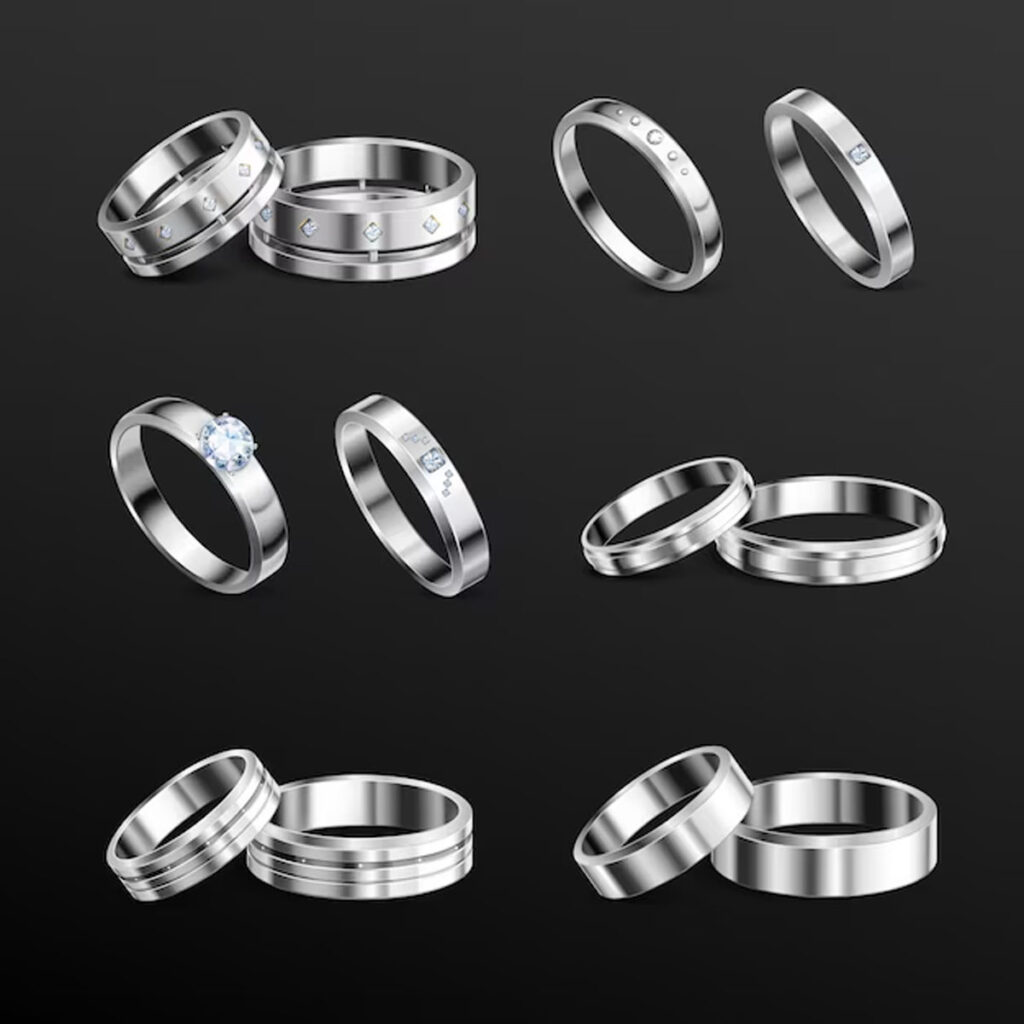
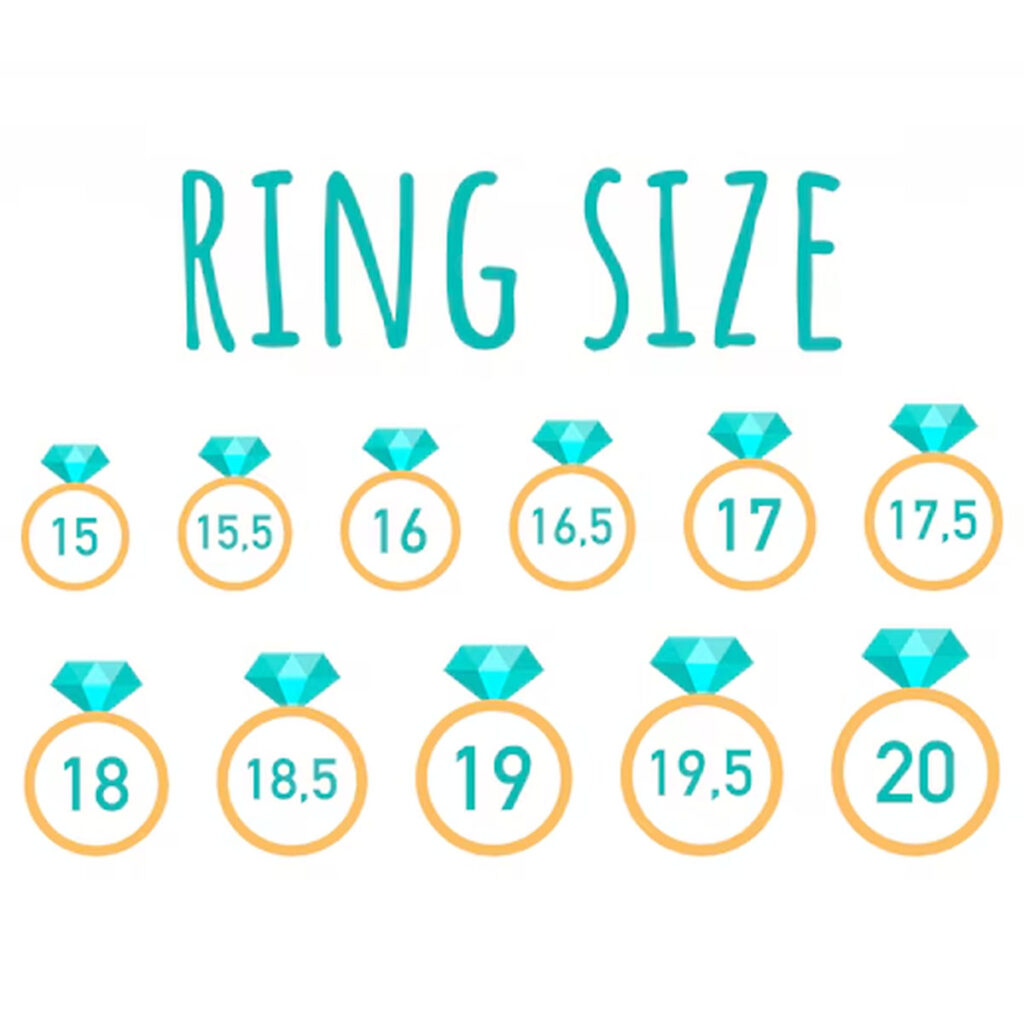
Why Ring Size Can Vary Throughout the Day and How to Measure Accurately
One thing to keep in mind when using a ring size chart is that your finger size can change throughout the day. Factors like temperature, time of day, and physical activity can cause your fingers to swell or shrink slightly, which may affect the fit of your ring.
For example, cold weather can cause your fingers to contract, making your ring feel looser than it normally would. On the other hand, warm weather, exercise, or even a salty meal can cause your fingers to swell. That’s why it’s recommended to measure your ring size when your fingers are at their most natural state—typically in the middle of the day when they aren’t too cold or too warm.
Another tip is to avoid measuring your ring size first thing in the morning, as your fingers may retain extra water from the night before. This could lead to choosing a size that’s too large. Ensuring you take your measurement at the right time of day will help you get the most accurate result.
Conclusion
Getting the perfect ring size is essential for both comfort and style, whether you’re buying a ring for yourself or someone special. Using a reliable ring size chart is the best way to ensure a great fit, whether you’re shopping for engagement rings or other special jewellery. Knowing how to measure correctly at home, understanding the differences between inside diameter and circumference, and being aware of how finger size can fluctuate throughout the day all contribute to making the ring-buying process smoother and more enjoyable.
Larger retailers like Hatton Garden Jewellers provide expert help, but with the right ring sizing tips, you can find your size from the comfort of your own home, using simple tools and charts. By taking the time to measure properly, you’ll be able to shop confidently and avoid the disappointment of ordering the wrong size.
Ultimately, a ring should not only look beautiful but also feel great on your finger. With the knowledge from this guide, you’ll never have to guess your ring size again.
FAQs
- 1. How can I measure my ring size at home?
Use string or paper to measure your finger, then check a ring size chart. - 2. Can I measure ring size without a ring size chart?
Yes, use a ruler to measure the diameter of an existing ring or the finger’s circumference. - 3. Does finger size change during the day?
Yes, finger size can vary due to temperature, swelling, or time of day. - 4. Is there a difference between UK and US ring sizes?
Yes, the UK uses letters, while the US uses numbers. Check an international ring size comparison. - 5. What is the best time to measure my ring size?
Midday or when your hands are at a normal temperature for the most accurate result.


